-

The Beginner Coin Collector’s Big Question: Buy Raw or Slabbed Coins?
•
Hey fellow coin enthusiasts! If you’re new to the fascinating world of coin collecting, you’ve likely hit a common crossroads: should you buy raw or slabbed coins? It seems straightforward – either loose coins in their natural state (“raw”) or those professionally graded and encased in plastic holders (“slabbed” or “graded coins”). For a…
-
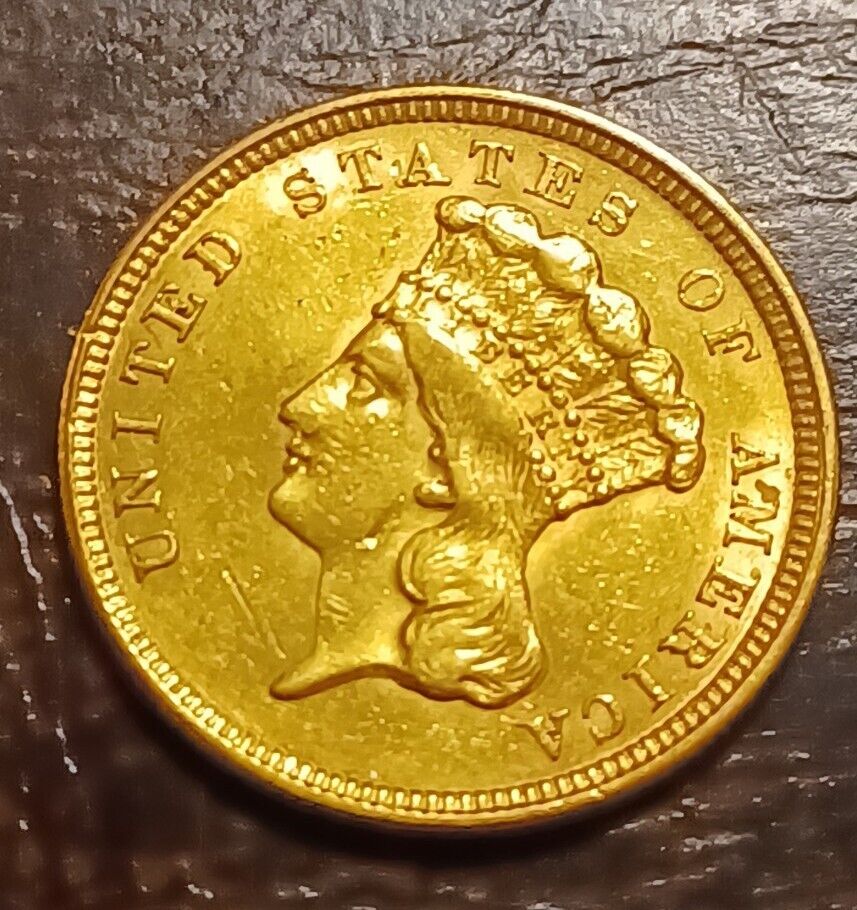
Major Coin Forums for Questions
•
For coin enthusiasts looking to deepen their knowledge, connect with fellow collectors, or find resources for buying, selling, or trading rare and valuable pieces, the internet offers a wealth of communities. Beyond the well-known PCGS and NGC forums, several other platforms provide vibrant spaces for numismatists of all levels. I’ve compiled a list of…
-

What are my coins worth?
•
Welcome to the fascinating world of coin collecting! If you’ve stumbled upon an old coin or are starting to build your collection, one of the first questions that likely springs to mind is, “What is my coin worth?” or “How much is this coin worth?” This is a common and crucial question for any…
-
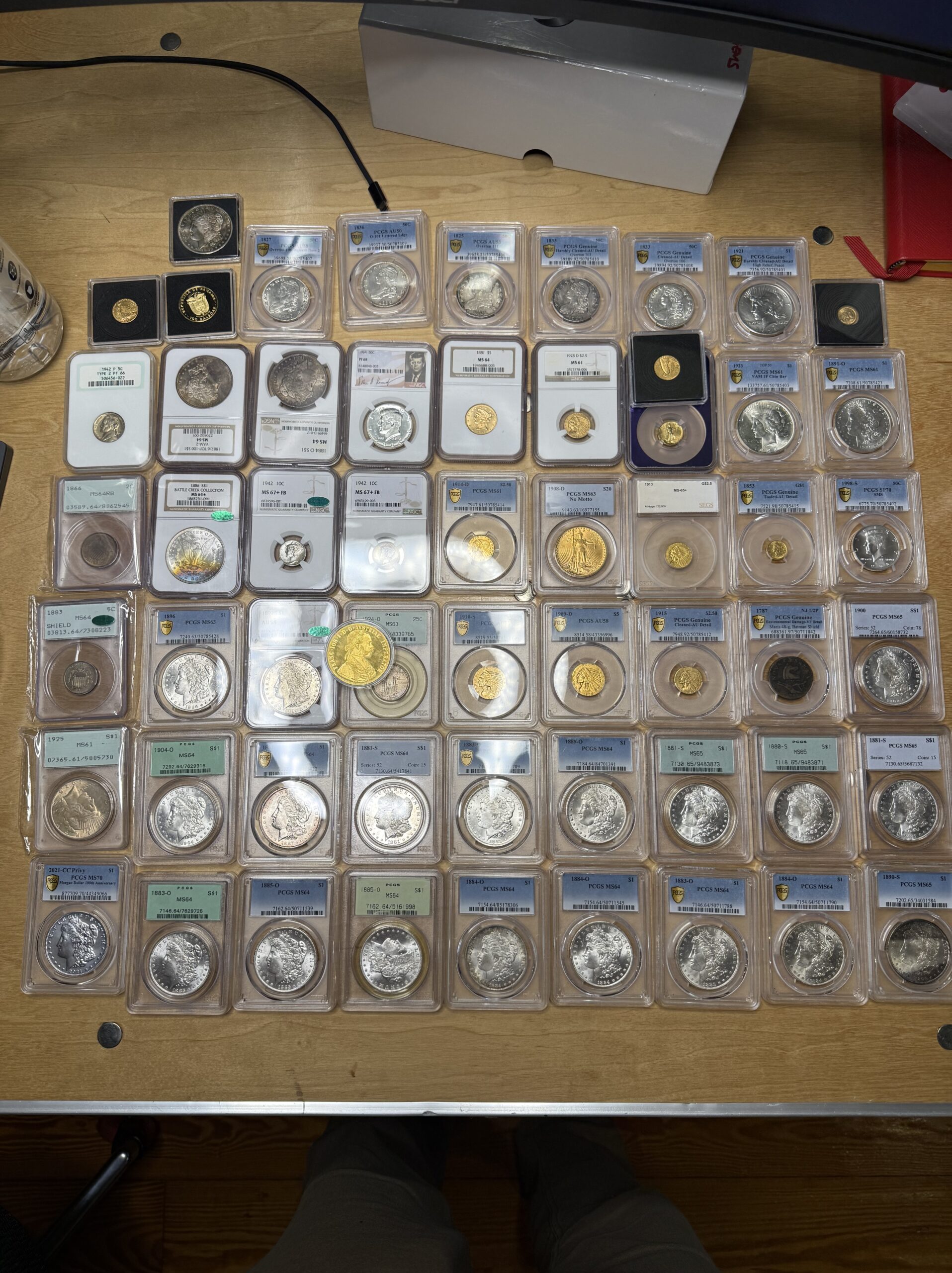
Best Rare Coins to Invest In: High‑Convexity U.S. Pieces for Long‑Term Growth (5 + Years)
•
Why Long‑Term Rare‑Coin Investing Works Seasoned collectors and institutional allocators alike view carefully chosen U.S. rarities as some of the best rare coins to invest in because they combine tangible scarcity with a centuries‑deep collector culture. Over multi‑decade windows, these fundamentals overwhelm short‑term sentiment, supporting compound annual returns that often outpace inflation and many…
-
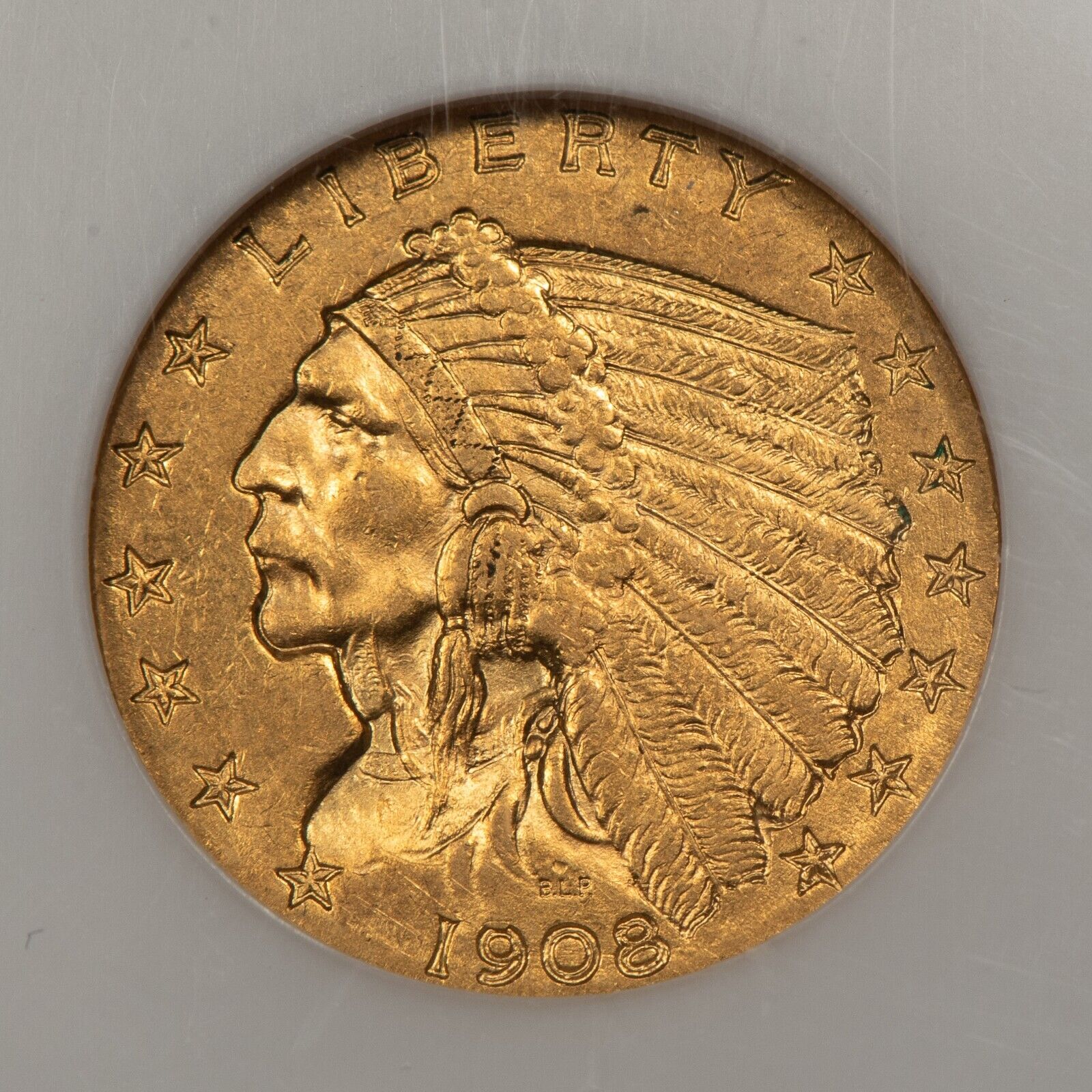
High‑Convexity U.S. Coins for the Medium‑Term Investor
•
A 3‑ to 5‑Year Guide to Asymmetric Upside Introduction – Why “High Convexity” Matters In portfolio theory, a high‑convexity asset is one whose upside potential far exceeds its downside risk. Applied to numismatics, these are coins that (a) already command strong, durable demand and (b) possess clear catalysts that could push premiums sharply higher in the…
-
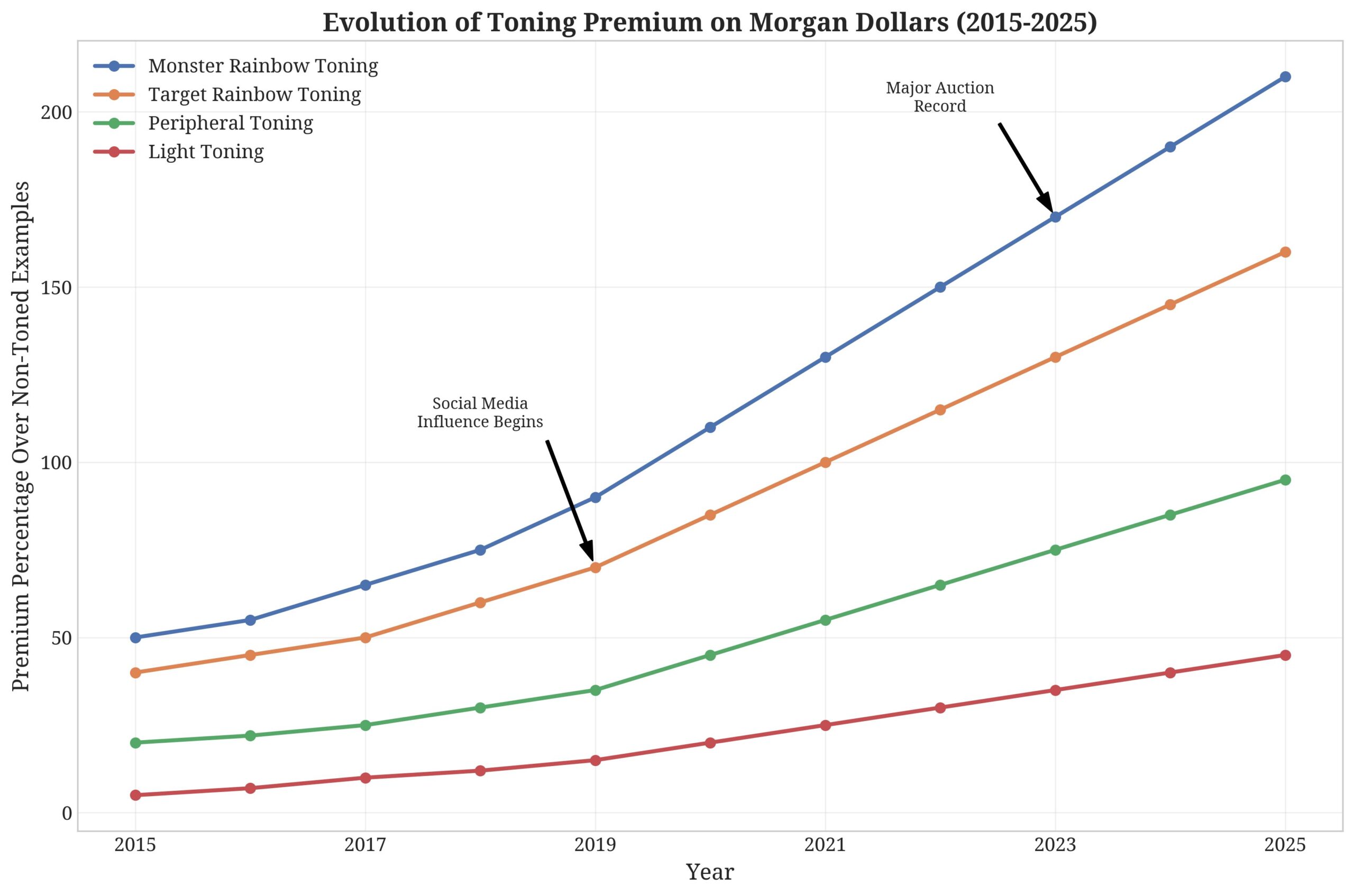
High Convexity U.S. Coins for Short-Term Investment (1-2 Years)
•
Many people believe coin collecting isn’t investing at all, it’s a hobby. Therefore, being a hobby–it should not really bother you to overpay for things, or whatever–if it’s for your enjoyment great, enjoy. But, if you would like to buy coins that could have some strong upside, later on. Then we should look at…
-

Mercury Dimes: Silver Treasures Offering Golden Opportunities
•
Introduction: More Than Meets the Eye Many recognize the elegant profile of the Winged Liberty Head dime, affectionately known as the Mercury dime. Gracing American pockets from the tumultuous years of 1916 through the end of World War II in 1945, this iconic coin, designed by the renowned sculptor Adolph A. Weinman, is far…
-
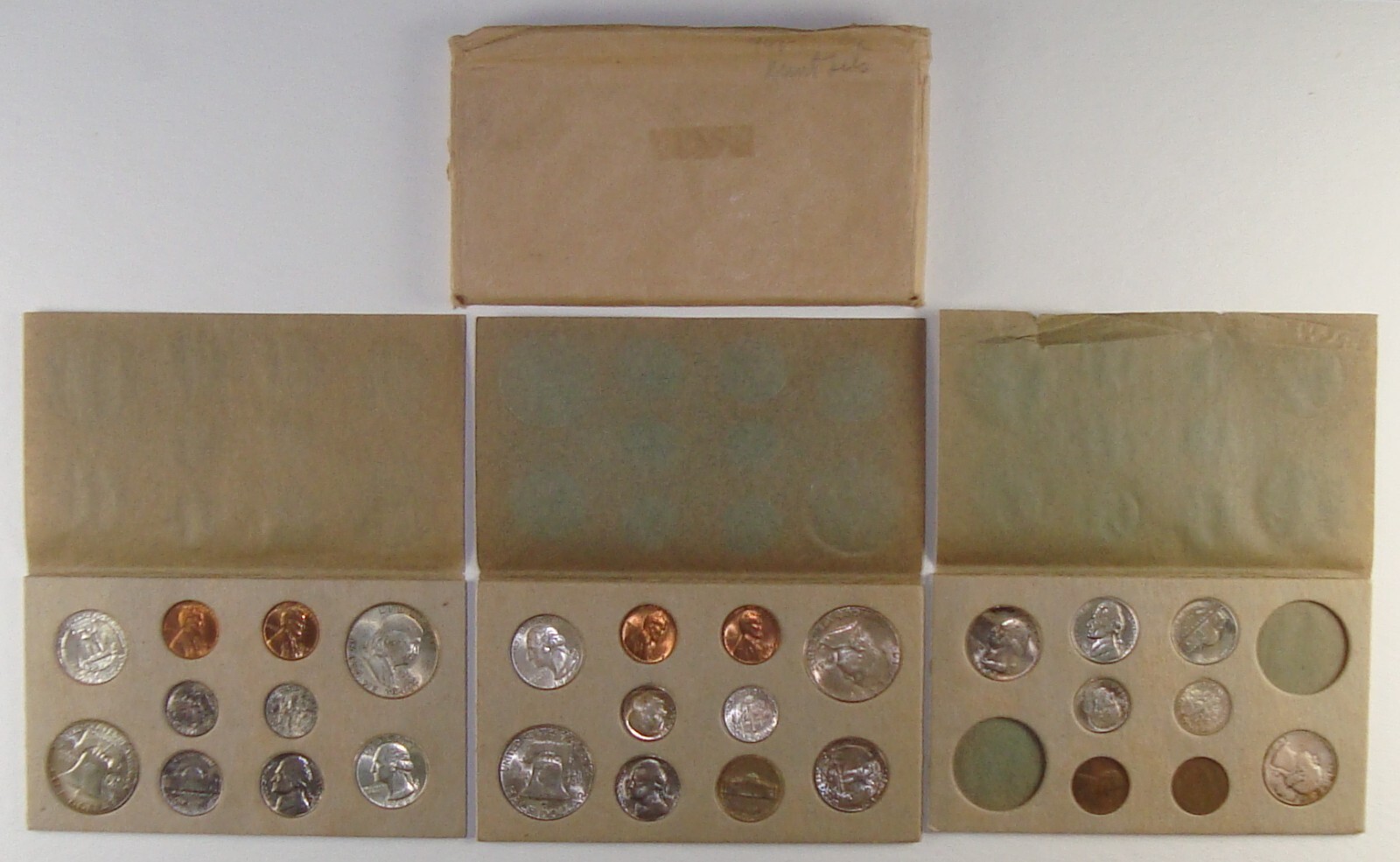
Toning of Pre-1964 U.S. Coins in Original Mint Cellophane Packaging
•
Chemical and Physical Causes of Coin Toning (Silver and Other Metals) Coins from the pre-1964 era (e.g. 1950s–early 1960s) often develop toning, which is a thin tarnish or patina on the metal surface caused by slow chemical reactions with the environment (What is Coin Toning? How Does It Affect Coins and Their Value? |…
-
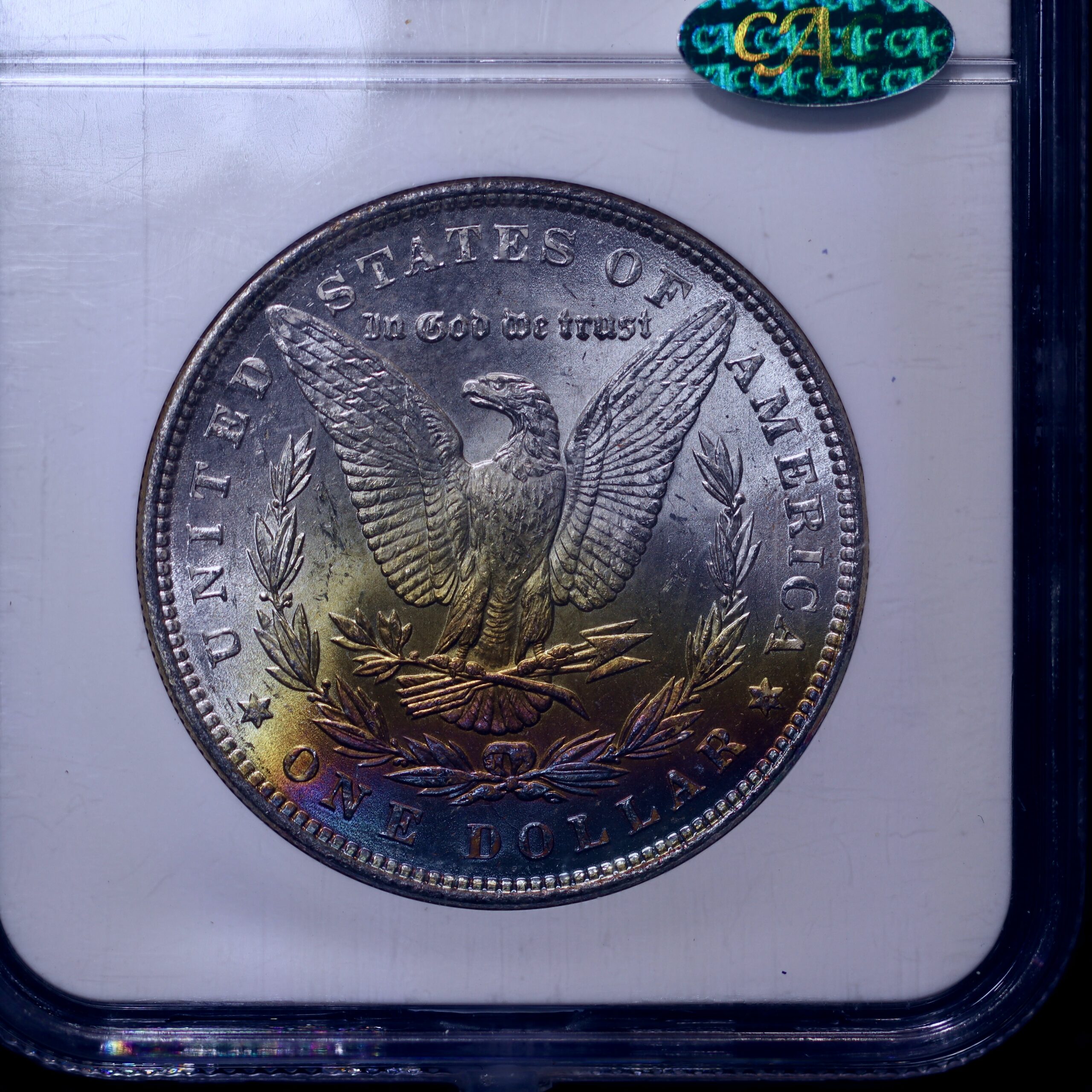
1880-S Morgan Dollar Spotlight: The Science and Beauty of Coin Toning
•
Introduction The 1880-S Morgan Dollar stands out among collectors for its exceptional toning and historical significance. In this post, we’ll delve into the unique characteristics of this coin, understand the toning process, and explore why it’s a prized piece for numismatists. Understanding the 1880-S Morgan Dollar Minted in San Francisco in 1880, this Morgan…